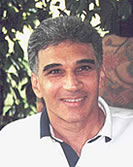December 2013 Article
Get Tom Veneziano's book The Truth about Winning! at Amazon.com
Tennis Server
|

 |
Tennis University
I recently discovered Audiblox, a unique developmental program designed to educate and train young children. On their website, Audiblox.com, they teach the three universal principles of learning. Those three principles also apply to tennis.
Principle #1. LEARNING IS A STRATIFIED PROCESS You do not learn any subject or sport on a single level of knowledge, but rather as a result of multiple levels of knowledge. You must first develop a base for knowledge, then you can add new information to that base to advance your learning. You build knowledge upon knowledge. For example, you did not learn to add, subtract or multiply numbers until you first learned the numbers themselves. You then built on that knowledge to learn division, to work with fractions, to learn algebra, geometry, calculus and so on. This stratified process is the methodology by which all schools, colleges and universities develop their curriculum. Tennis, too, uses this universal learning principle of the stratified process. You learn tennis in increments, advancing in baby steps. Most of the technical and mechanical procedures you are attempting to master is exactly like attempting algebra before you have learned simple addition or subtraction. When learning tennis the base would be your timing, balance and judgment of the ball. If you learn a host of techniques but do not have adequate timing, balance or judgment to support these techniques you will only become frustrated. Always build a fundamental base first, then build on that base. Successful entrepreneur, author and motivational speaker Jim Rohn says: "Success is neither magical nor mysterious. Success is the natural consequence of consistently applying the basic fundamentals." Principle #2. A "PYRAMID OF REPETITION" HAS TO BE CONSTRUCTED "Repetition" is my favorite word. Everything you learn in tennis, or in any other areas of life, will be dependent on repetition. No technique, no quick fix, no magic bullet, no training aid or any other fanciful 'state of the art' device will take the place of repetition. Repetition is the fuel that propels the wheels of success in the stratified process. The more you refuse to acknowledge the power of repetition and instead exalt the power of technique, the slower you will learn. I once heard a wise man proclaim, "Repetition is the chariot of genius." As explained on Audiblox.com, "Mere repetition, however, is not the end of the story. A 'pyramid of repetition' must be constructed. This means that a learner must start by repeating a limited amount of material many times over and over. Gradually, less and less repetition will be necessary to master new skills and new knowledge. Without building this 'pyramid of repetition' first, later learning will always be time consuming and prone to failure." Did you capture that insightful and exciting concept? You learn tennis with limited technique, and practice it over and over again. Then new techniques and skills become easier to master with less repetition! With limited technique, your goal is to hit so many balls that you gradually improve your timing, balance and ball judgment and reach a level of competency that learning new skills becomes easier. Now that can be fun! The perfect example is how you learned to skip, to jump or to run. Once you mastered the skills of walking through repetition, you probably learned to skip, jump and run fairly quickly. Those skills developed instinctively and spontaneously with limited repetition. The same principle holds true for learning to play tennis instinctively and spontaneously. Principle #3. OPPORTUNITIES FOR APPLICATION Many players think when I mention repetition that I mean only working on a ball machine or having a friend feed them balls. Although this should certainly be a part of your routine, there are other forms of repetition that are essential. Repetition can include a drill with another player as well as a fun match or tournament play. You must perform under pressure in tournament play many, many times before you can learn to stay relaxed and let your game be instinctive and spontaneous. Therefore, you should seek out as many opportunities as possible to apply what you are learning. Each opportunity is a golden opportunity for repetition in your training program to master the game. In a nutshell, your goal: Build levels upon levels of instinctive, spontaneous 'feel' (stratified learning) with repetition as your teacher (pyramid of repetition) and application as your goal (golden opportunities).
This column is copyrighted by Tom Veneziano, all rights
reserved.
Tom is a tennis pro teaching
at the Piney Point Racquet Club in Houston, Texas. Tom
has taught thousands of players to think like a pro with
his Tennis Warrior System.
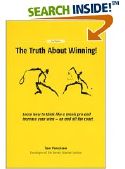
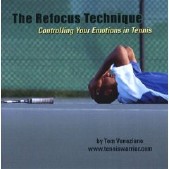
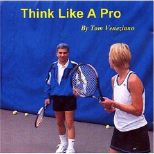
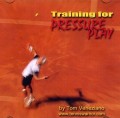
Audio CDs by Tom Veneziano:
|



October 2022 Tennis Anyone: Patterns in Doubles by John Mills. September 2022 Tennis Anyone: Short Court by John Mills. |
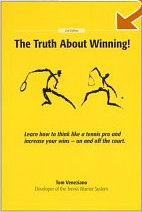
 You will join 13,000 other subscribers in receiving news of updates to the Tennis Server along with monthly tennis tips from tennis pro Tom Veneziano.
You will join 13,000 other subscribers in receiving news of updates to the Tennis Server along with monthly tennis tips from tennis pro Tom Veneziano. 